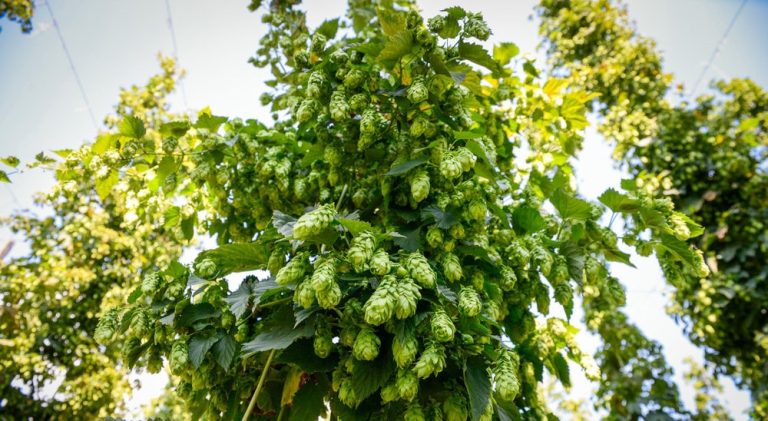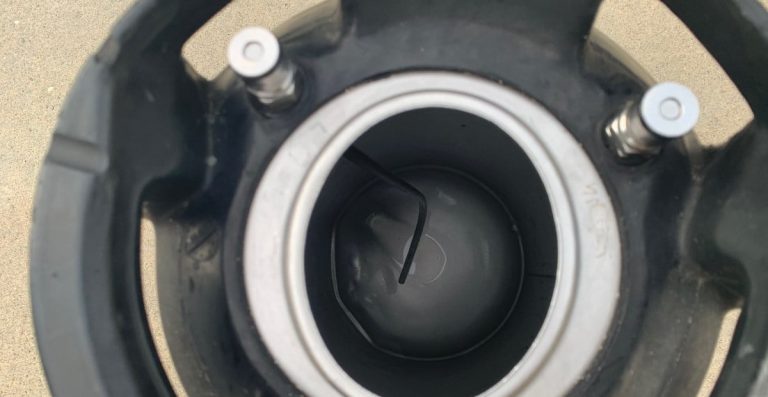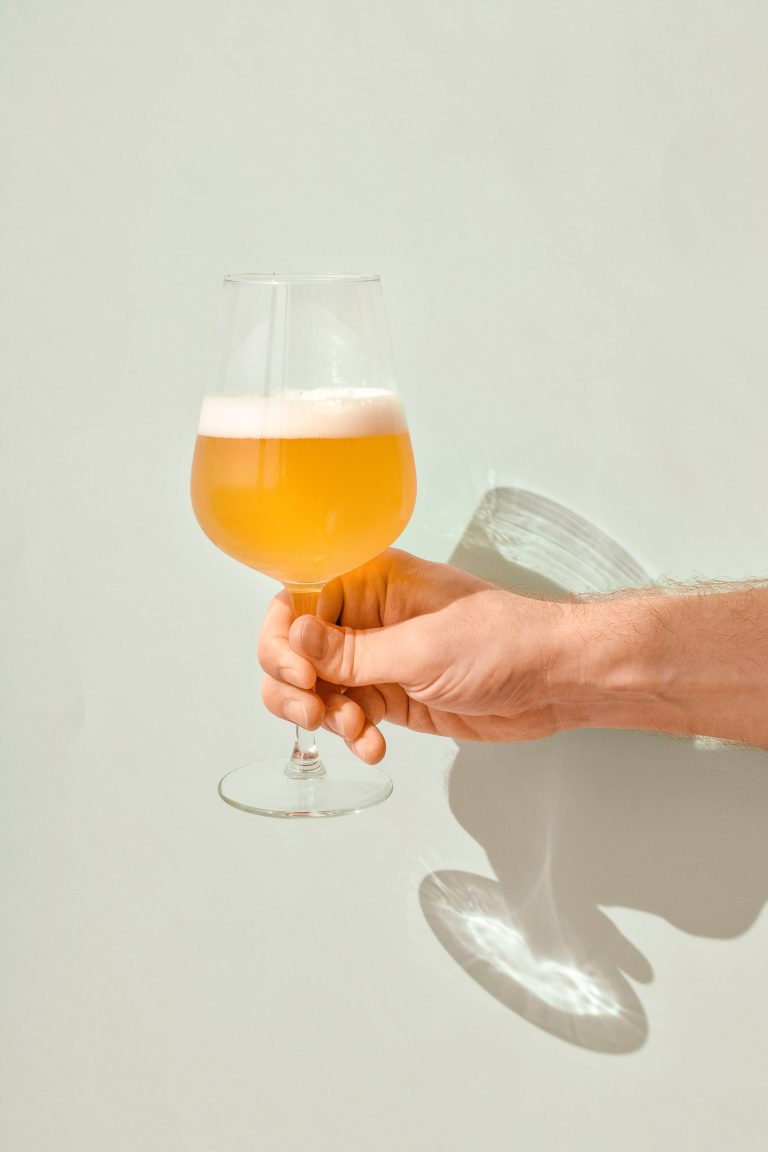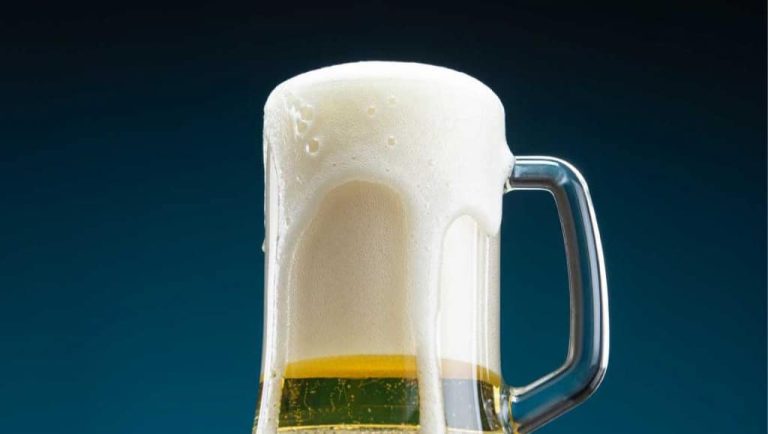The Complete History of the Hefeweizen Yeast
Hefeweizen is a type of weiss beer, translated from German means “white beer.” Made up of at least 50% wheat, Hefeweizens are characterized by a strong presence of banana and clove aromas and flavors. In fact, the term Hefeweizen translates to “yeast wheat” in German.
The style originated around the 1520s in the Bavarian breweries of southern Germany. However, the German regulations of Reinheitsgebot – or “Purity Law” – did not allow it to flourish originally. In 1487, the proposed Reinheitsgebot law stated that the only allowable ingredients in making beer were barley, hops and water (yeast was not yet known to be an ingredient at the time).
German Hefeweizen Style
South German brewed Hefeweizens should be straw-to-amber in color. Because of the use of lowly flocculant Bavarian yeast, the finished beer should have a very cloudy appearance. The aroma of a German Hefeweizen is decidedly fruity and phenolic. The phenolic characteristics are often described as clove, nutmeg, and banana. The beer’s body is medium to full.
Hop flavors and bitterness flavor should be non-existent to very low. Tettnang hops are usually associated with this beer style, but any noble variety will do. Malt sweetness is very low to medium-low and made with at least 50 percent malted wheat. The finished Hefeweizen should be very highly carbonated.
- Original Gravity: 1.047 – 1.056
- Final Gravity: 1.008 – 1.016
- Alcohol by Volume (ABV): 4.9 – 5.6%
- Bitterness: 10 – 15 IBU
- Color: 3 – 9 SRM
American Hefeweizen History
As with just about every style of beer, the American version of Hefeweizen does not exactly match up with the “true” version that was created in Germany.
Two brothers, Rob and Kurt Widmer, working at the Dublin Pub in Portland, OR were asked to create a new beer by the bar’s owner. You have to remember that back in 1986, beer was really boring. Customers usually had only Dark and Light to choose from, so the Dublin pub was eager to expand their offerings a bit.
Working with limited equipment, the Widmer brothers simply created a Weizenbier and left it unfiltered and impressively cloudy. The yeast they used in their American-style Hefe was an ale strain (Saccharomyces cerevisiae), which added the appearance they were looking for, but not so much the flavor. So instead, Cascade hops were used to add the notable citrus flavors to the beer. Of course, due to the use of Cascade hops, the American version is more bitter than its German counterpart.
Hefeweizen Yeast Profile
The proper Hefeweizen yeast is a top-fermenting Bavarian strain known as Torulaspora delbrueckii. This yeast produces phenols and esters that impart banana, bubblegum, nutmeg and clove flavors. Usually over pitching will reduce the ester generation, resulting in much less banana or clove flavors.
The German strains of Hefeweizen yeast have a medium tolerance of alcohol – usually around 10%. They have very low flocculation qualities, leaving the finished beer very cloudy. They attenuate between 72-81%, with the dry yeasts going higher than that. The best fermentation temperature range for Hefeweizen yeasts is between 63-78° F (17-25° C).
Hefeweizen Yeast
The German brewery most notably associated with the Hefeweizen style is Schneider Weisse, located in the city of Kelheim, Bavaria (Southern Germany). Schenider Weisse was created by two brothers in 1872 after they acquired the Weisses Brauhaus in Munich, the oldest wheat beer brewery in the city.
Schenider Weisse is the brewery referenced in many of the descriptions of the different yeast manufacturer’s Hefe strains.
German Style:
- GigaYeast Bavarian Hefe (GY017)
- Omega Labs Hefeweizen Ale I (OYL-021) – Omega also has the Hefeweizen Ale II (OYL-022) strain that similar except that it is highly flocculant.
- White Labs Hefeweizen Ale Yeast (WLP300) – This is their traditional Hefe yeast, but they also have Hefeweizen IV Ale Yeast (WLP380), which has decidedly less banana esters.
- Wyeast Weihenstephan Weizen (WY3068)
- Wyeast German Wheat (WY3333)
- Imperial Yeast Stefon (G01)
- Escarpment Labs Weizen I – Escarpment also has a slightly more attenuative strain called Überweizen.
- Fermentis SafAle (WB-06) – Fermentis also has SafAle T-58, which is another Belgian strain with less banana flavors.
- Mangrove Jack’s Belgian Wheat (M20)
American Style:






